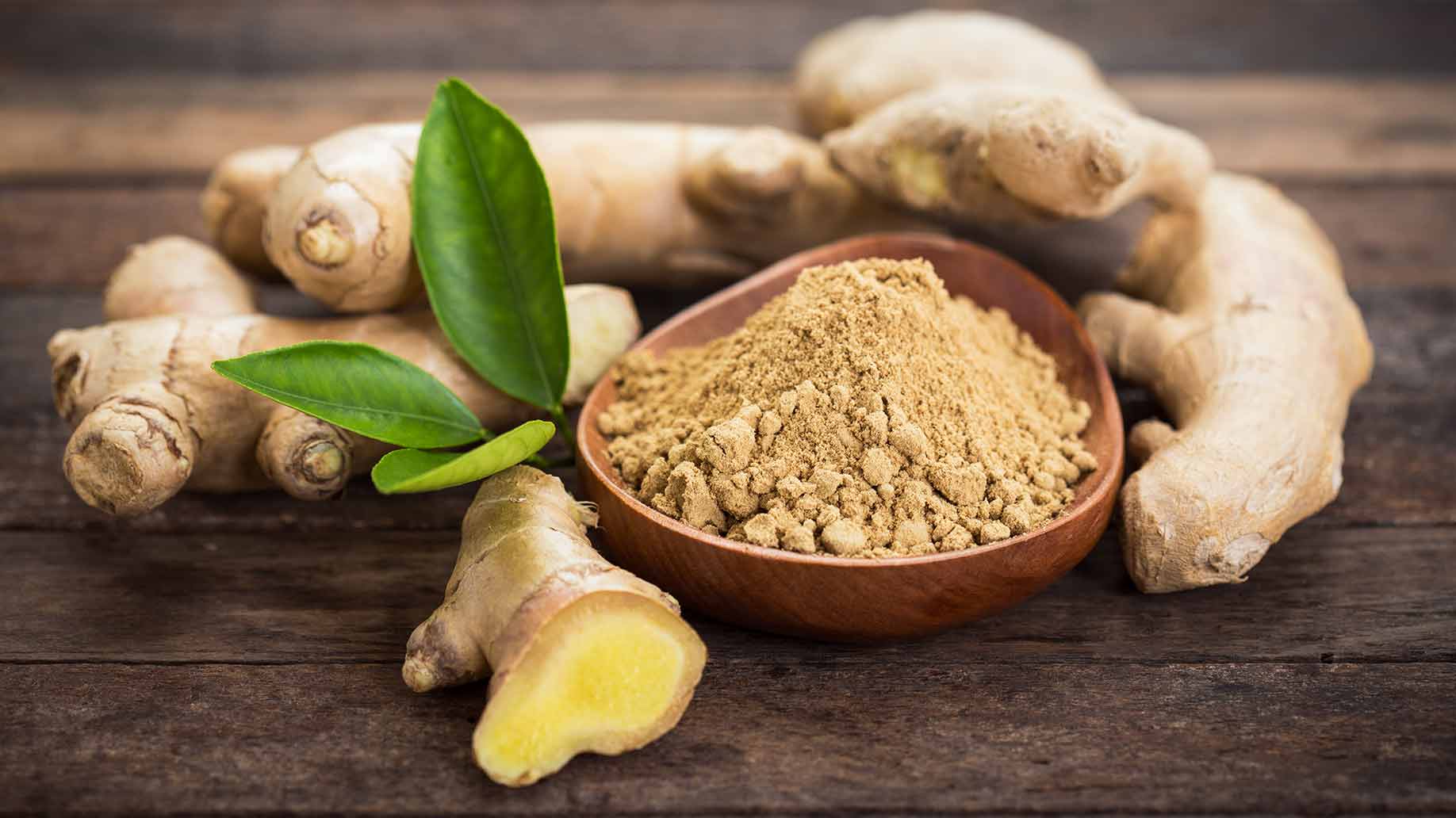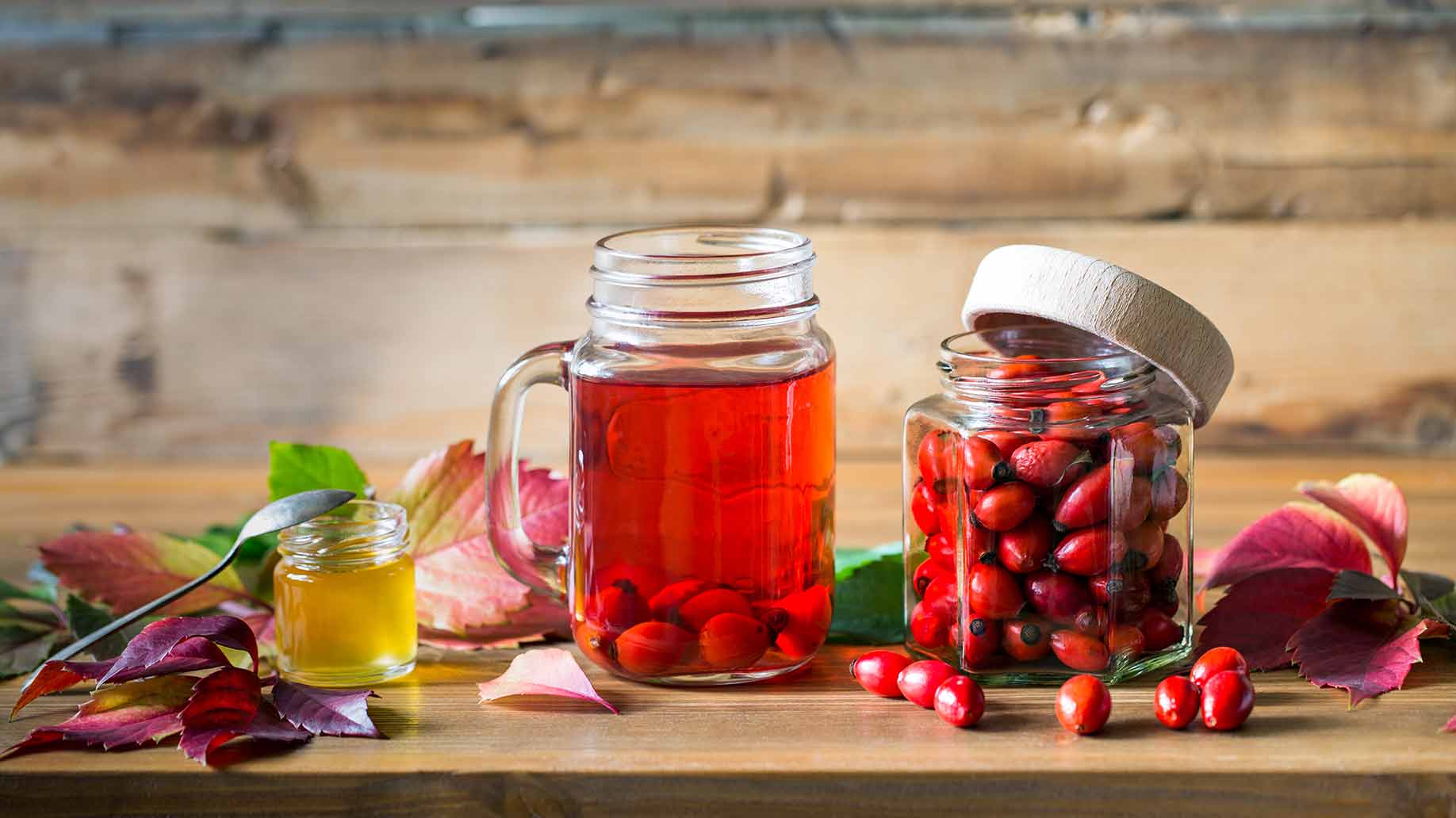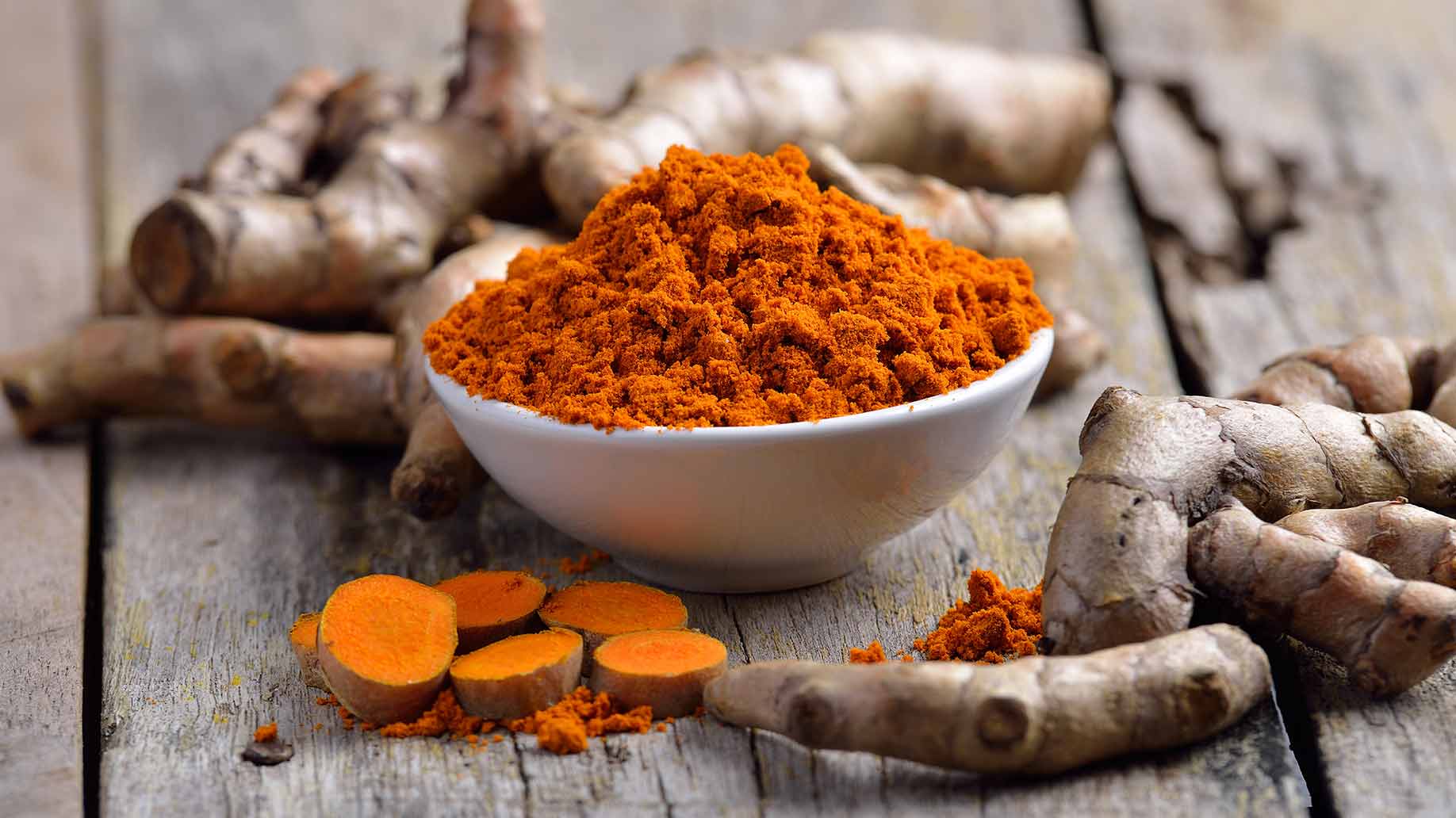According to the CDC, arthritis affects approximately 23% of adults and 50% of those aged 65 and older.
Arthritis is the most common cause of disability in the United States. People with this disorder take more time off work due to illness or injury than those with any other medical condition.
Types of Arthritis
Arthritis is not a single disease, but a broad category of diseases that cause inflammation, pain and stiffness in the joints.
The Arthritis Foundation lists more than 60 conditions that fall under this term. The most common types are osteoarthritis and rheumatoid arthritis.
Osteoarthritis
Osteoarthritis is a degenerative disease that most often develops in middle age. Over time, stress on the joints can cause the smooth cartilage lining to break down and wear away. Without this cartilage cushion to protect it, bone rubs against bone resulting in pain, swelling, stiffness and reduced mobility.
The joints most commonly affected by osteoarthritis are the hands and weight-bearing joints including the hips, knees, feet and spine.
Rheumatoid Arthritis
Rheumatoid arthritis is an autoimmune disease that tends to affect people aged 40 and over. It occurs when the body’s own immune system attacks the synovial tissue which lines the joint, causing it to become painfully inflamed. Over time, this inflammation can damage to your bone and cartilage.
Rheumatoid arthritis most commonly affects the wrists and hands, causing pain, stiffness and swelling.
Other Arthritic Diseases
- Gout – a painful condition caused by an accumulation of uric acid in the joints
- Enteropathic arthritis – a type of arthritis associated with inflammatory bowel disease
- Psoriatic arthritis – an inflammatory joint condition affecting people with psoriasis.
- Fibromyalgia – a rheumatic disease associated with chronic pain and fatigue
- Cervical spondylosis – a degenerative condition that affects the joints in the neck
- Ankylosing spondylitis – an inflammatory condition that can cause joints in the spine to fuse together
Treating Arthritis
Treatments for arthritis aim to slow the progress of the disease, minimize inflammation and reduce pain.
Medications such as analgesics, corticosteroids or non-steroidal anti-inflammatory drugs are often prescribed. In severe cases, joint replacement or bone realignment surgery may be recommended.
Arthritis sufferers have been treating their symptoms with natural home remedies for centuries. While Granny Clampett’s rheumatism moonshine may have had some strange side effects, the following home remedies are safe and effective.
1. Capsaicin

Capsaicin is the substance that gives chili peppers their spicy heat. It works by depleting a neurotransmitter called Substance P. This protein transmits pain signals from nerve endings to the brain and helps to activate inflammation in the joints. Less Substance P results in less pain and inflammation.
Arthritis Research UK rated the effectiveness of 22 complementary medicines and found capsaicin the most effective for osteoarthritis, giving it a score of 5 out of 5. They also awarded it a green light for safety.
A meta-analysis published in the European Journal of Clinical Pharmacology looked at three trials testing capsaicin gel as a treatment for osteoarthritis. It was found to be four times more effective than a placebo gel in improving joint pain and tenderness.
Capsaicin topical creams are available over the counter, but you can easily make your own capsaicin massage oil to treat your affected joints.
Method: Gently heat ½ cup of olive oil in a sauce pan and add two tablespoons of cayenne powder. Whisk until the powder is dissolved, allow to cool, and transfer to a glass jar. Rub the oil onto affected joints whenever arthritis pain flares up.
Recommended:
2. Eucalyptus Oil

Eucalyptus oil can temporarily relieve joint pain and inflammation. The active ingredient in eucalyptus is menthol, which decreases pain by increasing skin temperature and blood flow. A commercial eucalyptus ointment is sold as a topical analgesic for arthritis.
Amazingly, arthritis sufferers can also experience the pain-relieving benefits of eucalyptus oil just by breathing it in. A Korean study investigated the effects of inhaling eucalyptus oil on patients who had undergone total knee replacement surgery due to severe osteoarthritis.
A total of 52 arthritic knee surgery patients were divided into two groups. A gauze pad coated with eucalyptus oil was positioned under the nose of patients in the experimental group for 30 minutes a day over a three-day period. The control group received the same treatment, but with a pad coated in almond oil.
Patients were asked to report their level of pain before and after the inhalation sessions using a ten-point scale. Pain scores decreased after inhalation in the eucalyptus group, whereas pain increased in the control group. Overall pain scores were also significantly lower in the eucalyptus oil group.
If you don’t want to balance a pad under your nose for 30 minutes, you can use eucalyptus oil in other ways to help reduce arthritic pain.
Method: Make an ointment by mixing ten drops of eucalyptus oil into about a tablespoon of petroleum jelly. Massage the mixture onto your painful joints as needed.
Or add a few drops to a hot bath to benefit from both the aroma and the topical effects.
Recommended:
3. Ginger

Ginger extract reduces the production of chemicals such as leukotrienes that promote joint inflammation. It also contains salicylates, which the body transforms into salicylic acid, the same pain-relieving substance found in aspirin. Salicylic acid binds to enzymes in the cells and stops them from producing prostaglandins, chemicals which promote inflammation and send pain signals to the brain.
A study published in the journal Arthritis and Rheumatology evaluated the safety and efficacy of ginger extract in 247 patients with osteoarthritis of the knee. Participants were given either ginger capsules or placebo capsules twice a day for six months. Both groups were also allowed to take paracetamol only as needed to control their pain.
The patients taking the ginger capsules had a 63% reduction in knee pain compared to a 50% reduction for those taking the placebos – a statistically significant improvement. The ginger group had less knee pain when standing and walking and lower scores on an index used to measure osteoarthritis symptoms. Patients taking the ginger capsules also showed a greater reduction in paracetamol usage.
Ginger supplement capsules are widely available, but you could try to simply including more fresh ginger root into your diet. You can also enjoy ginger in a spicy, warming tea.
Method: Bring three cups of water to the boil in a saucepan. Add a heaping tablespoon of freshly grated ginger root. Simmer for ten minutes and strain. Sweeten to taste with honey or stevia.
Recommended:
4. Borage Seed Oil

Borage is an herb native to the Mediterranean and used in a variety of European dishes. It also has a history of medicinal use.
Borage seed oil is the richest source of gamma-linolenic acid (GLA), an essential fatty acid that helps to maintain the cell structure and function of joints and inhibits joint inflammation. A healthy young body can convert linolenic acid, found in many nuts, seeds and vegetable oils, to GLA. However, age, infection, disease and poor diet may interfere with this process.
Doctors at the University of Massachusetts Medical Center conducted a randomized controlled trial to assess the efficacy of GLA in treating rheumatoid arthritis. One group of 28 patients were given 2.8 g of GLA every day for six months. The 28 patients in the placebo group were given identical capsules containing sunflower oil.
After six months, the GLA group showed a significant reduction in symptoms including joint swelling, joint tenderness, joint pain and degree of disability. The placebo group did not show significant improvement in any symptom category.
If you have rheumatoid arthritis, it may be worth conducting your own six-month test of borage oil capsules. GPA can also be found in evening primrose oil and black currant seed oil. Small amounts can be obtained from oats or spirulina.
Recommended:
5. Indian Frankincense

Indian frankincense (Boswellia serrate) is gum resin from the bark of the Boswellia tree. It is a traditional remedy in Ayurvedic medicine. The Boswellic acids found in the resin inhibit enzymes and cytokines that trigger joint inflammation and the autoimmune response. They also help to prevent cartilage loss.
A trial published in the journal Phytomedicine investigated the efficacy of Indian Frankincense in treating patients with osteoarthritis of the knee. Half of the 30 participants were given capsules containing Boswellia serrata extract and half were given placebo capsules. Compared to the control group, the Frankincense group had significant improvements in knee pain, knee flexibility, walking distance and frequency of swelling in the knee joint.
In another randomized controlled clinical trial, researchers compared the effects of Indian frankincense with the non-steroidal anti-inflammatory drug, valdecoxib. Over a six-month period, 66 patients with knee osteoarthritis were randomly assigned to receive either valdecoxib or Boswellia serrata extract capsules. Both groups showed a significant improvement in pain, stiffness and function.
The patients in the valdecoxib group had a reduction in symptoms after one month, whereas it took two months for the frankincense to have a similar effect.
Interestingly, the beneficial effects of the herbal supplement continued for a month after patients had stopped taking it. The effects of valdecoxib persisted only as long as the drug was taken regularly. The researchers speculate that, unlike anti-inflammatory medications, Indian frankincense may have an effect on the underlying pathology of arthritis.
When purchasing Indian frankincense or boswellia extract capsules, look for products containing at least 60% boswellic acids.
Recommended:
6. Rosehip

Rosehips are rich in anthocyanins, a type of flavonoid with anti-inflammatory and antioxidant effects. Anthocyanins may also help to slow the progress of arthritis by blocking protein-digesting enzymes that break down cartilage.
A randomized trial published in the journal Phytomedicine examined the effect of a rose hip herbal remedy on 112 patients with osteoarthritis. Participants received either 5 g of the rosehip supplement or a placebo every day for three months.
In the rosehip group, 66% reported a significant reduction in pain, compared to 36% in the placebo group. The rosehip group also showed improvement in symptoms such as morning stiffness and significantly reduced their use of pain medication.
Another placebo-controlled trial looked specifically at the effects of rosehip on osteoarthritis symptoms in the dominant hand. An incredible 90% of patients taking a rosehip supplement showed a reduction in hand pain compared to 36% in the placebo group. The rosehip group also showed a significant reduction in stiffness and discomfort. As in the previous trial, they significantly reduced their consumption of painkilling drugs.
A variety of different rosehip tablets and capsules are available. You can also pick rosehips in late summer and consult online recipes to make your own rosehip jam, chutney, cordials and even fruit roll-ups. Rosehip tea is one of the easiest ways to consume this fresh fruit.
Method: Wash, top and tail your rosehips. Chop them up in a food processor. Add about a tablespoon of the puree to 3 cups of boiling water. Turn down the heat and simmer for 5-10 minutes. Strain and sweeten to taste.
Recommended:
7. Turmeric

Turmeric is a vivid yellow spice used in Indian curries and other Asian dishes.
The active component in turmeric root is curcumin. This anti-inflammatory polyphenol works by inhibiting the activation of genes and production of proteins that trigger pain and swelling. A 2006 rodent study concluded that curcumin profoundly lessened joint inflammation and destruction.
A 2012 pilot study investigated the efficacy and safety of curcumin in 45 rheumatoid arthritis patients. The patients were randomized into three groups. One received curcumin supplements, another received the non-steroidal anti-inflammatory drug Voltaren (diclofenac sodium) and a third group took a combination of the two.
Patients in the curcumin group showed the highest percentage of improvement in scores measuring disease activity, joint tenderness and swelling. All of these scores were significantly better than those for patients taking Voltaren alone.
Curcumin was also found to be safe and not associated with any adverse effects. None of the curcumin patients dropped out of the study due to side-effects, whereas 14% of those in the Voltaren group did.
Eating turmeric on its own will not give you the full benefits of curcumin because it is poorly absorbed by the body. However, research has shown that combining curcumin with piperine, the active ingredient in black pepper, can increase its bioavailability by 2000%.
If you decide to use curcumin supplements, look for ones containing black pepper extract or other ingredients used to enhance bioavailability. If you use turmeric in your cooking, make your own spice mix to increase the absorbability of curcumin.
Method: Mix one teaspoon of ground black pepper into 1/4 cup of turmeric powder. Store in a labeled spice jar. Use whenever recipes call for turmeric.
Recommended:
8. Fish Oil

Arthritis Research UK gives fish oil a score of 5 out of 5 for effectiveness in treating rheumatoid arthritis. The omega-3 essential fatty acids in fish oil have strong anti-inflammatory properties which help to counteract the many inflammatory elements in a typical Western diet. Fish oil also contains vitamin D, necessary for building and repairing cartilage within the joints.
A review on the role of omega-3 in inflammation and auto-immune diseases identified 13 randomized controlled clinical trials that showed benefit from fish oil supplements in patients with rheumatoid arthritis. It recommended that people with a genetic risk of developing the disease should include more omega-3 in their diets as a preventative measure.
A meta-analysis examining 10 double-blind, placebo-controlled trials concluded that there was a statistically significant improvement in joint tenderness and morning stiffness in rheumatoid arthritis patients treated with fish oil supplements for three months.
Other trials have reported benefits including reduced joint pain, increased grip strength, reduced time to fatigue and decreased use of anti-inflammatory drugs.
You can increase your omega-3 intake simply by consuming more oily fish such as salmon, trout, herring, mackerel or sardines. If you’re not a fish-lover, you can choose one of the many fish oil supplements available online or in health food shops.
Recommended:
9. Moderate Intensity Exercise

Many arthritis sufferers believe that exercise will aggravate joint pain, but the opposite is true. A lack of exercise weakens the muscles that support your bones, putting more stress on the joints which increases pain and stiffness.
According to the American College of Rheumatology, people with arthritis who exercise regularly have less pain, better function, increased energy and improved sleep. Many arthritis symptoms can be made worse by inactivity, including stiff joints, decreased pain tolerance, weak muscles and poor balance. The ACR guidelines indicate that exercise should be a mainstay of treatment for osteoarthritis of the knee and hip.
The Fitness Arthritis and Seniors Trial examined the effects of exercise on 439 knee osteoarthritis patients over the age of 60. The patients were randomly allocated to an aerobic exercise group, a resistance exercise group or a health education group. Each group attended a 3-month supervised program, followed by a 15-month home-based program.
Compared to patients in the health education group, patients in both of the exercise groups had significantly fewer disabilities, less pain and greater flexion strength. Physical performance was increased in all measures in the aerobics group and in all except stair-climbing in the resistance exercise group.
Safe forms of aerobic exercise for people with arthritis include walking, bicycling, aquatic exercise, aerobic dance and exercising on treadmills or elliptical trainers. Resistance exercise can begin with simply lifting limbs against gravity and progressing to using hand-held weights or elastic resistance bands. Tai chi or yoga can help with balance and coordination, reducing the risk for falls.
10. Weight Loss

Being overweight is an important risk factor for arthritis in the knees, hips and hands.
Carrying excess weight puts stress on the knee and hip joints, which can break down cartilage and cause or exacerbate arthritis symptoms. Being just ten pounds overweight increases the force on the knee by approximately 40 pounds with every step you take.
Stress on the joints isn’t the only link between weight and arthritis; otherwise it would be hard to explain why overweight people are at higher risk for arthritis of the hand.
Fat cells release inflammatory chemicals called cytokines which play a role in both osteoarthritis and rheumatoid arthritis. Concentrations of cytokines are elevated in obese individuals.
While gaining excess weight increases the risk of arthritis, losing it has the opposite effect. In a cohort study, researchers followed up 796 women to evaluate the effect of weight loss in preventing osteoarthritis of the knee. They found that a decrease in BMI of two units (approximately 11 pounds) over ten years lowered the odds of developing osteoarthritis by more than 50%.
Weight loss also improves symptoms in people who have already developed arthritis. A trial published in the journal Osteoarthritis and Cartilage assessed the effects of weight loss on 80 obese patients with knee osteoarthritis. The participants were divided into two groups. One group was put on a low-energy diet consisting of a nutrition powder mixed with water. The control group was put on an unsupervised diet with real food. After eight weeks, the low-energy dieters had lost significantly more weight.
Changes in arthritis symptoms were measured using an osteoarthritis assessment tool called WOMAC which gives scores for pain, stiffness and limitation of function. The WOMAC index significantly improved for those on the low energy diet, but not in the control group. There was an average of 9.4% improvement in symptoms for every 1% of body fat lost. Researchers calculated that a 10% weight reduction would result in a 28% decline in the symptoms of knee arthritis.
Method: There are many different weight loss diets to choose from, but arthritis sufferers probably have the most to gain (and lose) from an anti-inflammatory diet. By eliminating inflammatory foods like sugar, refined flour and omega-6 vegetable oils, you could simultaneously lose weight and improve your arthritic symptoms.
Final Word
Don’t let arthritis limit your lifestyle! You can try these arthritis remedies one at a time to find out which works best for you, or experiment with various combinations of foods or supplements.
If you are overweight or live a sedentary lifestyle, a healthy eating plan and exercise program could make a big difference towards your arthritic symptoms. Try to find a type of exercise you enjoy doing and a diet that includes foods you enjoy eating.










I love the health benefits that can be seen all around from fish oil, but I wasn’t aware that it could also be used for arthritis treatment! My mother-in-law has had arthritis for a while, and I think that I should ask her if she’s been taking fish oil. If she could stay on top of taking this, I think that she would really enjoy the benefits you listed like grip strength and less pain! Thanks for the info!
Somebody already used dandelion?The herbalits said that is very good to treat painfull arthritis.
Thank you very much for sharing this helpful post of arthritis. It will be very helpful for all the patients.
A great and very informative post it is, i must say that. An amazingly detailed post is being availed here for the people who are suffering from joints pain and is looking for such, at home remedies. Thanks for sharing.
im diagnosed osteoarthritis n im ver scared n worried..so stressful cos i hv no experience on wat shld i do or take precaution. pls help n advice me..im stressful n im alone.,i lived in jpn n.my another stress is the doctors cant speak english. pls help me!!
My mother have rheumatoid arthritis since 10 years and her uric acid is normal and rheumatoid arthritis people are sugested not to take ginger which is the main cause of RA bt here the home remedy for RA is ginger it will not be harmful….i need some suggestion